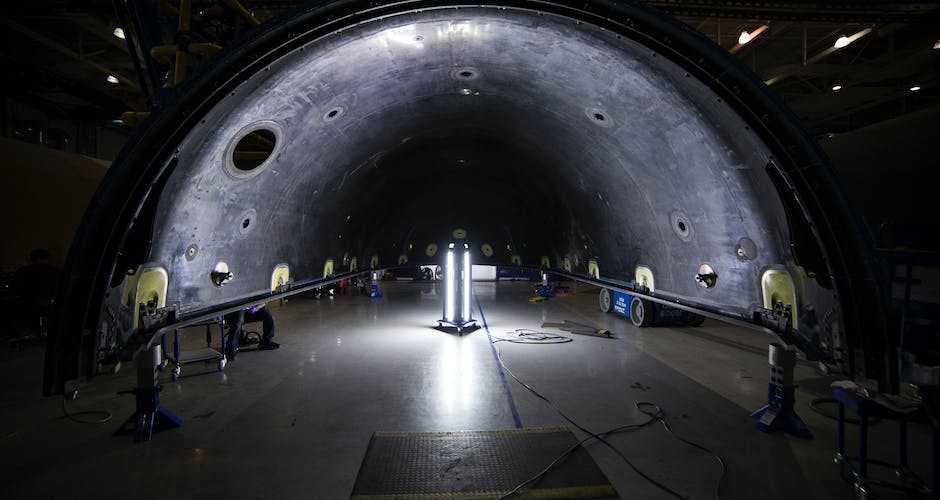
Smart cities and communities are emerging as innovative solutions to address the challenges of urbanization, resource scarcity, and environmental sustainability. These interconnected ecosystems rely heavily on a robust hardware infrastructure to gather data, analyze it, and implement solutions that improve the lives of residents and enhance their quality of life.
“Smart cities are not just about technology, they are about people. The hardware is the foundation, but the software is the heart. The true success of a smart city will depend on its ability to use technology to improve the lives of its citizens.”
-Unknown
Key Hardware Components:
- Sensors: Sensors form the backbone of a smart city, collecting data from various sources such as traffic flow, air quality, energy consumption, and weather conditions.
- Communication Networks: Robust communication networks, including cellular, Wi-Fi, and wired connections, are crucial for transmitting data collected by sensors to central processing units.
- Data Centers: Data centers process and analyze the vast amounts of data collected by sensors, generating insights that drive decision-making and inform the development of smart city initiatives.
- Actuators: Actuators receive instructions from data centers and translate them into real-world actions, such as adjusting traffic lights, optimizing energy grids, and managing waste collection.
Impacts of Hardware on Smart Cities:
- Improved resource management: Hardware enables real-time monitoring and optimization of resources such as water, energy, and waste, leading to significant savings and reduced environmental impact.
- Enhanced safety and security: Smart cameras, sensors, and interconnected systems contribute to improved public safety by monitoring crime hotspots and providing early warnings for emergencies.
- Efficient transportation systems: Intelligent traffic management systems utilize data from sensors to optimize traffic flow, reduce congestion, and improve public transportation efficiency.
- Sustainable infrastructure: Smart grids and smart buildings utilize hardware to optimize energy consumption, promote renewable energy sources, and contribute to a sustainable future.
- Increased citizen engagement: Interactive platforms and digital services enable citizens to access information, report issues, and participate in decision-making processes, fostering a sense of community and engagement.
Challenges and Considerations:
- Privacy concerns: The widespread use of sensors and data collection raises concerns regarding personal privacy and data security, requiring robust regulations and ethical data management practices.
- Digital divide: Ensuring equitable access to technology and digital literacy is crucial to prevent further marginalization and ensure that all communities benefit from smart city initiatives.
- Cybersecurity threats: Secure networks and robust cybersecurity measures are essential to protect critical infrastructure from cyberattacks and ensure the integrity of data.
- Interoperability and standardization: Standardizing data formats and communication protocols is crucial for seamless integration of different hardware components and efficient collaboration between stakeholders.
- Cost and affordability: Implementing and maintaining a robust smart city infrastructure requires significant investments, which can present financial challenges for some communities.
The Way Forward:
The development of smart cities and communities presents an opportunity to improve lives, optimize resources, and build a more sustainable future. Hardware plays a vital role in this process by providing the foundational infrastructure for data collection, analysis, and implementation of solutions. By addressing challenges, ensuring responsible data management, and promoting inclusivity, we can harness the power of hardware to create smart cities that are not only technologically advanced but also equitable, sustainable, and beneficial for all residents
